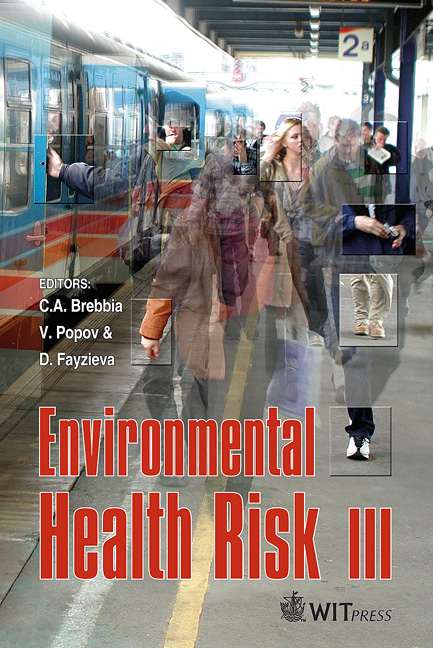Biomonitoring In Environmental Medicine – Results Of LARS
Price
Free (open access)
Transaction
Volume
9
Pages
9
Published
2005
Size
294 kb
Paper DOI
10.2495/EHR050051
Copyright
WIT Press
Author(s)
U. Rolle-Kampczyk, U. Diez, M. Rehwagen, M. Richter, M. Borte & O. Herbarth
Abstract
The Leipziger allergy risk study (LARS) investigated, during a period of five years, the influence of a typical indoor contaminant burden on the development of allergies and upper respiratory tract infections in children with an allergy-risk. During the third year of life, biomonitoring with the focus on passive smoking was carried out. Therefore, typical tobacco smoke related indoor volatile organic compounds (VOC) as well as excretion of certain VOC metabolites in urine were measured. The data analyses are based on parent-completed questionnaires, exposure measurements and medical examination. Generally, residences with a high burden of passive smoking showed higher benzene concentrations than nonsmoking ones. Significant differences between the excretion of VOC metabolites could be found between passive smoking and unburdened children. Obstructive bronchitis was observed more frequently in the children being exposed to increased concentrations of benzene as well as toluene, m,p-xylene and styrene. In addition, occurrence of atopic symptoms like eczema was found to be associated with the excretion of the VOC metabolite of toluene Sbenzyl- mercapturic acid (SBMA). Therefore, evaluation of external exposure should be supplemented with the evaluation of internal exposure. Keywords: biomonitoring, passive smoking, allergy risk children, VOC, metabolites.
Keywords
biomonitoring, passive smoking, allergy risk children, VOC, metabolites.





